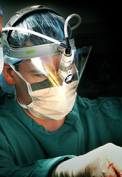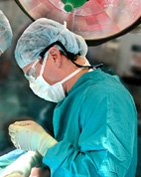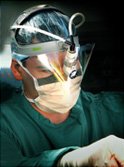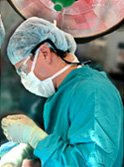Reverse Shoulder Replacement


The Reverse Shoulder Replacement has been established as the treatment of choice for most forms of end stage shoulder arthritis with rotator cuff tears and many severe forms of arthritis. Across the country, close to 70% of all shoulder replacements are now being performed as reverse shoulder replacements. With durable results extended beyond 10 years, and close to a 30-year experience in Europe, consistent improvements in pain and function can be expected.
What is a Reverse Shoulder Replacement?


The Reverse Shoulder Replacement differs from a traditional Total Shoulder Replacement in that the ball and socket are reversed. The ball (glenosphere) is placed onto the glenoid (socket), and the socket is placed on the ball (humerus). The Reverse Shoulder Replacement provides the additional shoulder stability needed when the rotator cuff is not functional. Once the shoulder regains stability, improvements are seen in both pain relief and shoulder function.
When is the Reverse Shoulder Replacement used?
While originally designed to manage arthritis in the setting of a poorly functional rotator cuff, the reverse shoulder arthroplasty is now being utilized to manage patients with forms of severe osteoarthritis, inflammatory arthritis like rheumatoid arthritis, severe shoulder fractures, and as a way of saving most failed shoulder replacement surgeries.
What are the benefits of a Reverse Shoulder Replacement?
The choice between an anatomic total shoulder and reverse shoulder replacement will depend on the condition of your rotator cuff as well as the bone support available for attachment of the shoulder replacement components. When the rotator cuff is deficient, a reverse shoulder replacement is typically selected.
Dramatic improvements have been seen in pain relief, range of motion, and ability to perform daily activities (ie, eating, drinking, grooming). The return of independence is probably the key benefit that patients experience, as they are able to regain function and use of the arm.
How long does the surgery take?
The surgery is done using a general anesthetic and typically takes approximately 1-2 hours.
What is the recovery process?
The recovery is similar to the recovery after a traditional Total Shoulder Replacement. You will be immobilized for a period of 6 weeks to allow for healing. Then you will begin a progressive therapy program that emphasizes stretching followed by strengthening.





